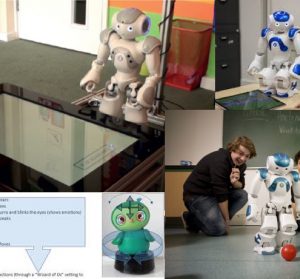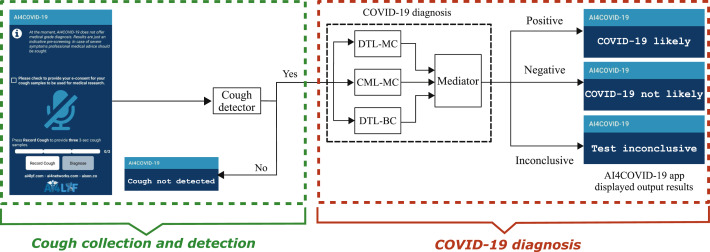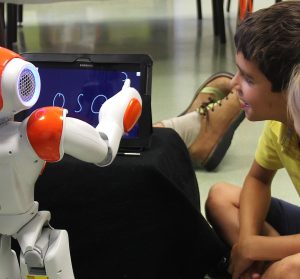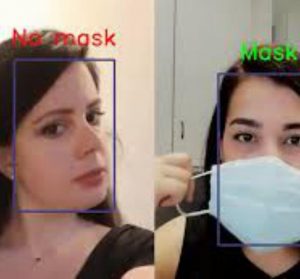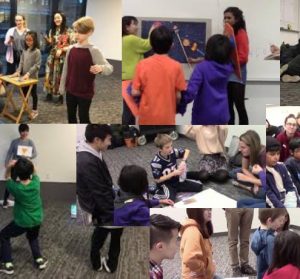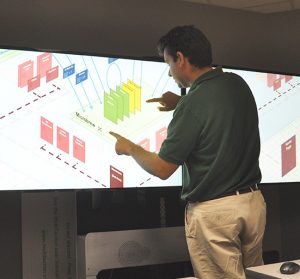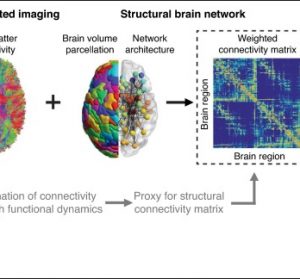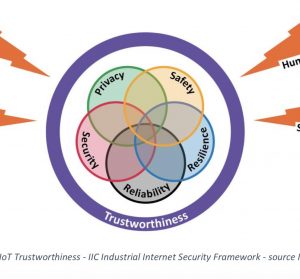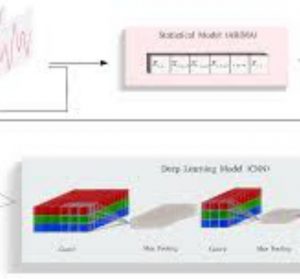Impact of Voice-based Interaction on Learning Practices and Behaviour of Children
ABSTRACT Smart devices have become an integral part of the everyday lives of children. Today, children can even use voice-based interactions to interact with devices for a wide range of […]
Impact of Voice-based Interaction on Learning Practices and Behaviour of Children Read More »

